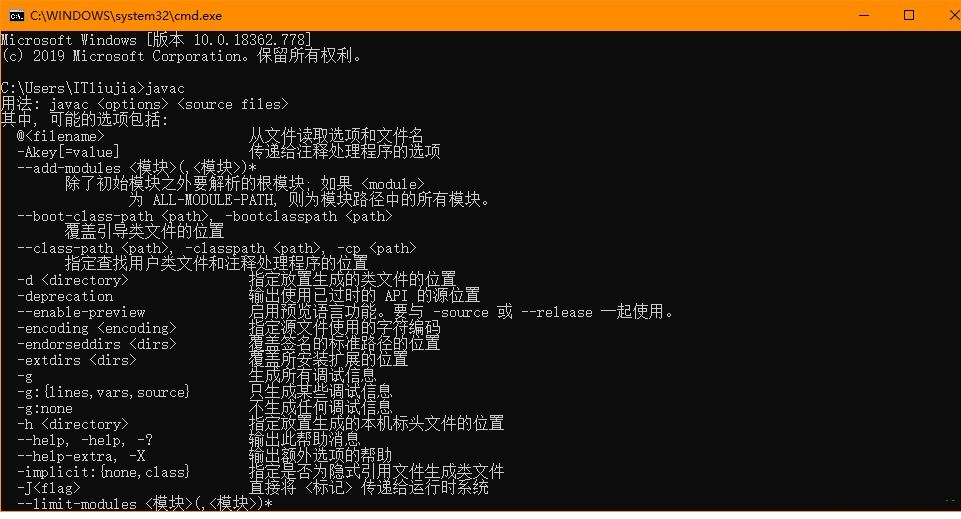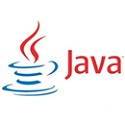
JDK15 software features
1. New functions
1. JEP 339 Edwards-Curve digital signature algorithm
This feature improves security and performance by implementing cryptographic signatures using the Edwards-Curve Digital Signature Algorithm (EdDSA) as specified by the RFC 8032. EdDSA is a modern elliptic curve signature scheme that has several advantages over existing signature schemes in the JDK. The main goal of this JEP is to implement this scheme, as specified in RFC 8032 as standardized. This new signature scheme does not replace ECDSA.
2. JEP 371 hidden classes
This feature is helpful for frameworks that need to generate classes at runtime. The framework generates classes to dynamically extend its behavior, but wants to restrict access to these classes. Hidden classes are useful because they are only accessible through reflection and not from normal bytecode. Additionally, hidden classes can be unloaded independently of other classes, which can reduce the framework's memory footprint.
2. Completed preview and experimental functions
1. JEP 377 ZGC: Scalable low-latency GC
ZGC is integrated into JDK 11 by JEP 333, by lowering the target GC pause time to increase productivity, handle the heap size from relatively small (hundreds of megabytes) to very large (many terabytes), as well as lay down the leverage for colored pointers and load barriers for future GCs Lay the foundation for functionality and optimization. In JEP 377, ZGC transitions from experimental to production functionality.
2. JEP 378 text block
Text blocks were introduced by JEP 355 in 2019 proposed in the year. A text block is a multiline string literal that avoids the need for most escape sequences, automatically formats strings in a predictable manner, and lets the developer control the formatting when needed. in JEP 378 , text blocks became a permanent feature of the Java language.
3. JEP 379 Shenandoah
Shenandoah is integrated into JDK 12 by JEP 189. It is marked as experimental to match the status of other new GCs, notably Epsilon GC and ZGC. JEP 379 changes the Shenandoah garbage collector from an experimental feature to a production feature but does not recommend changing the default GC, continuing G1, and changing Shenandoah is not recommended The development process will continue to support the latest JDK and popular LTS/STS JDK.
3. Incubation and preview functions
1. JEP 360 sealing category - first preview
This preview feature enhances Java by using sealed classes and interfaces Programming to increase developer productivity, which allows the author of a class or interface to control the code responsible for implementing it, provides a more declarative way to restrict use of superclasses than access modifiers, and supports pattern matching by supporting exhaustive analysis of patterns future directions.
2. JEP 375 pattern matching instanceof - second preview
This preview feature was first introduced in JEP 305 as JDK 14 Introduced as part of , it improves developer productivity by eliminating the need for common boilerplate code and should allow for cleaner, type-safe code.
3. JEP 384 record - second preview
Records improve developer productivity by providing a compact syntax for declaring classes that act as transparent carriers of immutable data. Records were proposed by JEP 359 in mid-2019 and served as the JDK Preview feature available in 14. This JEP recommends a re-preview of features in JDK 15, both to incorporate improvements based on feedback and to support other forms of native classes and interfaces in the Java language.
4. JEP 383 External Memory Access API - Second Incubator
The external memory access API was proposed by JEP 370 and was launched as an incubation API for JDK 14 at the end of 2019. This JEP recommends incorporating improvements based on feedback and implementing them in the JDK Rehatch API in 15. This incubation feature defines an API to allow Java programs to safely and efficiently access external memory outside the Java heap.
JDK15 function introduction
JEP 339: EdDSA Digital Signature Algorithm
JEP 360: Sealed Class (Preview)
JEP 371: Hidden Classes
JEP 372: Remove Nashorn JavaScript engine
JEP 373: Reimplementation of Legacy DatagramSocket API
JEP 374: Reimplementation of DatagramSocket API
JEP 375: Instance Pattern Matching (Second Preview)
JEP 377: ZGC: A scalable low-latency garbage collector
JEP 378: Text blocks
JEP 379: Low pause time garbage collector
JEP 381: Remove Solaris and SPARC ports
JEP 383: External Memory Access API (Second Built-in)
JEP 384: Records (Second Preview)
JDK15 configuration instructions
1. Download JAVA JDK 15 from this site.
2. Install the downloaded exe and follow the installation wizard to install the software.
3. Configure environment variables:
a) Right-click My Computer->Properties->Advanced System Settings->Environment Variables to enter the environment variable setting interface. b) Create a new _HOME variable in the system variables
_HOME: Installation path (Eg: D:Program Files1.8.0_65)
c) Create a new classpath variable, the variable value is: .;%_HOME%lib;%_HOME%libtools.jar
(Note: When loading the class path, only the java command can identify the class in the classpath. Add a "." before the path to indicate the current path)
d) Add the variable value to the path variable (it already exists, no need to create a new one): %_HOME%bin; %_HOME%jrebin (note that the variable values are separated by ";")
(Note: The system can recognize commands in any path)
4. Enter the command javac in cmd. If the usage can be printed normally, the configuration is successful.
FAQ
1. Compatibility issues
Library and framework compatibility: JDK 15 introduces some new features and improvements to old features, which may result in some older libraries or frameworks not being fully compatible with it. Before upgrading to JDK 15, you need to evaluate whether these dependencies support the new version.
Updates to project configuration: You may need to update your project's build configuration files (such as Maven's pom.xml or Gradle's build.gradle) to use JDK 15-compatible versions of plugins and dependencies.
2. Performance issues
Garbage collector choice: JDK 15 introduces new garbage collectors (such as ZGC and Shenandoah) that may provide better performance in specific scenarios. However, which collector you choose depends on your application's specific needs and configuration.
Deprecation of biased locks: JDK 15 deprecated biased locks, which may have an impact on some applications that rely on biased lock optimizations. However, for most modern applications, this impact is likely to be trivial, as modern applications tend to use more efficient concurrent data structures.
JDK15 update log
1: Optimized performance
2: We are serious about solving bug problems
Huajun editor recommends:
JDK15 is considered one of the best software in the industry. I believe many friends will have used it. If you don’t use it anymore, you will be out. This site also prepares for youFast table software,AlphaEbot action editing software,He Xiaoxiang programming client,Automated testing tool AutoRunner,Little turtle LOGO language






































it works
it works
it works